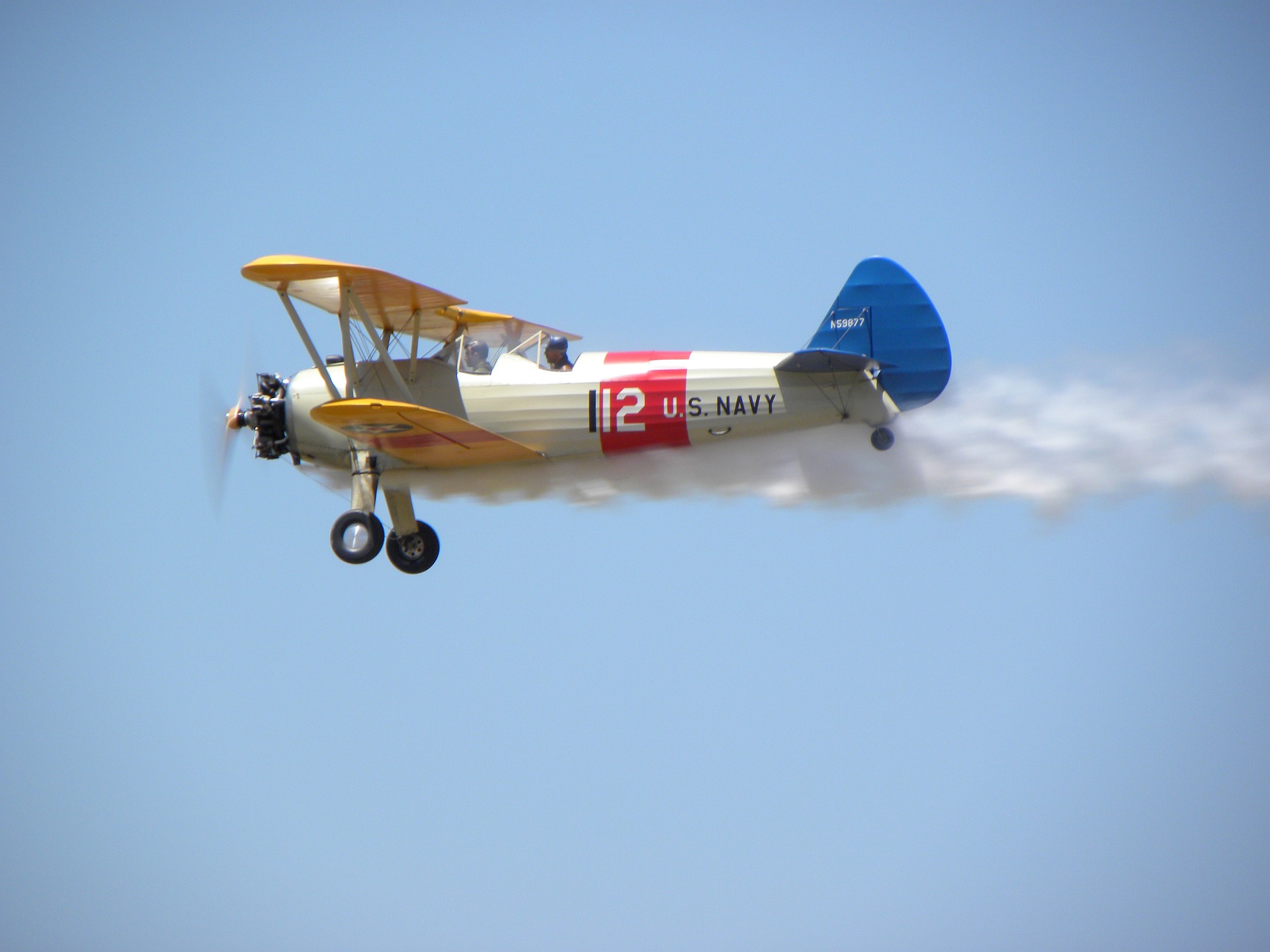Are you interested in building and flying your own radio-controlled aircraft? If so, then you need to know about the electronics that make it possible. From choosing the right components to understanding how they all work together, there is a lot to learn about RC aircraft electronics. In this article, we will provide an overview of what you need to know about these components and how they interact with each other.
The model requires several electronic components, including a transmitter, signal receiver, servo drive, ESC, engine, and battery to power all onboard electronics. These components are the main and most expensive part of the model. The minimum set includes the necessary components for control of elevators, turns, and ailerons.
The set may include a flight controller, telemetry, GPS navigation, on-board video camera, landing gear release devices, and light indication. This equipment is usually installed on larger models due to the need for accommodation, additional power, and weight reserve. Medium-sized aircraft cannot handle all of this on their board. Let’s take a closer look at each necessary element of electronics.
The flight control panel transmits signals to the receiver in the model. For successful communication, it is necessary for the transmitter and receiver to be linked, function at identical frequencies, and safeguarded against interference and signals from other transmitters via encryption algorithms. To establish communication, it is necessary for the receiver and transmitter to be connected. Prior to purchasing a transmitter, it is important to confirm compatibility with the manufacturer’s recommended receivers. Transmitters vary in carrier signal frequency, channel count, and control placement. There are three primary receiver types based on frequency: 27 MHz, 44 MHz, and 2.4 GHz. There is a correlation between signal frequency and antenna size, resulting in less convenient devices with lower frequencies. The 2.4 GHz band is currently the most widely used for equipment operation. For frequencies of that magnitude, a basic antenna measures just 3.12 centimeters in length. The antennas have a range of 400 to 800 meters without the need for additional amplifiers.
The number of channels needed for an aircraft is determined by its control systems. The minimum requirement is to have two channels for controlling gas and turns. If we desire extra elevator control, we currently have three available channels. In order to add ailerons as an additional control element, a fourth channel must be utilized. The flaps can be controlled, including the fifth flap and beyond. In some cases, there can be a blending of channels which results in the acquisition of values for the third parameter due to the concurrent use of two channels. Simultaneous control of the ailerons through the channels of height and turns results in them functioning as elevons. The aircraft’s altitude and turns are controlled using the same element. By omitting the rudder, we can reduce the required channels and servos for the aircraft. A basic transmitter should have the necessary control levers. Typically, a pair of joysticks are used, with one designated for the right hand and the other for the left hand. Typically, a two-stick system is used to control various aspects of the aircraft, with one stick controlling the throttle and rudder while the other controls the elevator and ailerons. The receiver is situated within the aircraft. The antenna’s primary function is to receive and transmit signals from the remote control to the appropriate device. Every device is assigned a specific channel by the aircraft modeler during the assembly process.
The subdivision of receivers is based on frequency, which is comparable to the way transmitters are classified. The number of received channels is an important parameter to consider. Receiver systems range from a basic two-channel setup to more complex systems with three to eight channels. There may be a discrepancy between the number of receiver and transmitter channels. Additionally, receivers vary in terms of the output signals they provide to the control device. The PWM (Pulse Width Modulation) signal is the most commonly used output signal for receivers. Each device on board requires an individual channel or cable for control. The number of wires involved in the connections increases proportionally with the number of devices on the aircraft. The PPM – Pulse Position Modulation type of output signal is becoming increasingly popular due to its ability to reduce the amount of wires and connections needed. This protocol involves transmitting commands sequentially through multiple channels, typically eight or more, over a single connecting cable.
This particular output is utilized by certain flight controllers. This article focuses on electronics and therefore does not discuss options for internal combustion engines. Additionally, SBUS is another option for serial communication protocol. Examine the available choices for electric motor options and their management. Electric motors are categorized as either collector or brushless, depending on the type of device. Collector motors are less expensive and have a finite lifespan and lower dependability because of the existence of commutator brushes. These brushes are a cause of friction and weak connections, which can ultimately lead to motor malfunction. Brushless motors lack these drawbacks, as they do not have them. The components do not possess any areas of friction or contact. They possess both high efficiency and low weight. The execution of these engines is more complex, which can result in higher prices compared to collector engines.
The motor speed controllerESC has two primary functions: regulating engine speed and converting battery voltage to power on-board equipment at 4.8 or 6 Volts. Distinct controllers are required for motors with brushed and brushless technology. Collector motors typically have two outputs, while brushless motors have three. The controllers are classified based on minimum and maximum input voltage, as well as maximum load current, into two categories. It is recommended that the maximum load current of the ESC should be at least 10% higher than that of the electric motor to prevent overload and potential aircraft failure during maximum speed in the air. The package typically indicates the maximum ESC current.
